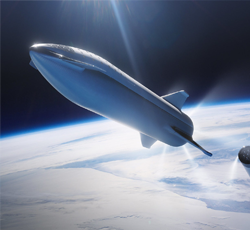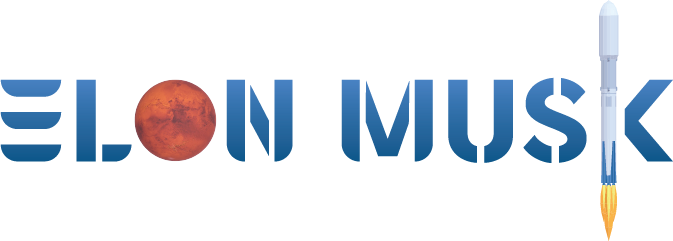
Tesla Shows Optimus Teslabots in Factory Demo
- by NextBigFuture
- May 06, 2024
- 0 Comments
- 0 Likes Flag 0 Of 5

Brian Wang
Tesla showed new video of improved Optimus Teslabots and some are doing some useful work in factories. The hands have been improved and hands and AI are the keys to successful humanoid bots. Tesla Engineer Milan Kovac reports that Tesla has deployed a couple bots at one of the Tesla factories.
SanctuaryAI and Tesla have the best robotic hands. SanctuaryAI have the full copy of the hand without removing knuckles. Tesla did copy SanctuaryAI but both are copying the human hand.
Elon says Tesla’s Optimus humanoid robot will have a new hand later this year that has 22 degrees of freedom. The Optimus’ hand had 11 degrees of freedom this past December.
Trying to be useful lately! pic.twitter.com/TlPF9YB61W — Jim Fan (@DrJimFan) May 5, 2024
Jim Fan- Ai Expert Analysis on Teslabot
Congrats to
@Tesla_Optimus team on another stellar update! The video gives us a peek at their human data collection farm, which I believe is Optimus’ biggest lead. What does it take to build such a pipeline?
Optimus nailed all of the following:
1. Optimus hands are among the best 5-finger, dexterous robot hands in the world. It’s got tactile sensing, 11 degrees of freedom (DOF) compared to many competitors with only 6-7 DOF, and robustness to withstand lots of object interactions without constant maintenance.
2. Teleoperation software: we can see that the human operators are wearing VR goggles and gloves. It is very non-trivial to set up the software to have first-person video streamed in and precise control streamed out, while maintaining extremely low latency. Humans are highly sensitive to even the smallest delay between their own motions and the robot’s. Optimus has a fluid whole body controller that enacts the human poses in real-time.
3. Sizeable fleet: you need more than one robot to collect data in parallel, well-trained human contractors taking multiple shifts per day (preferably 24/7), and an on-call maintenance crew to make sure that the robots are always busy. That’s a ton of operational complexity that academic research labs don’t even think of.
4. Tasks & environments: it’s equally important to figure out *what* to teleoperate. Currently, most such efforts are demo-driven: collect data on the tasks that you want to put into a social media video. But solving general-purpose robots requires us to think carefully about the distribution of tasks and environments. From 43″-51″ in the video, we can see factory & household settings like moving batteries, handling laundry, sorting daily objects into shelves.
It’s an open-ended research question: if you only have the budget to collect training data for 1,000 tasks, what would you pick to maximize skill transfer and generalization?
Closing thought: teleoperation is a necessary but insufficient condition to solve humanoid robotics. It fundamentally does not scale. More about this later.
Brian Wang
Brian Wang is a Futurist Thought Leader and a popular Science blogger with 1 million readers per month. His blog Nextbigfuture.com is ranked #1 Science News Blog. It covers many disruptive technology and trends including Space, Robotics, Artificial Intelligence, Medicine, Anti-aging Biotechnology, and Nanotechnology.
Known for identifying cutting edge technologies, he is currently a Co-Founder of a startup and fundraiser for high potential early-stage companies. He is the Head of Research for Allocations for deep technology investments and an Angel Investor at Space Angels.
A frequent speaker at corporations, he has been a TEDx speaker, a Singularity University speaker and guest at numerous interviews for radio and podcasts. He is open to public speaking and advising engagements.
Categories
Please first to comment
Related Post
Stay Connected
Tweets by elonmuskTo get the latest tweets please make sure you are logged in on X on this browser.
Sponsored
Popular Post
Sam Altman's OpenAI Takes On Elon Musk's Grok in AI Chess Tournament Final - Who Won?
28 ViewsAug 09 ,2025






 Energy
Energy


















